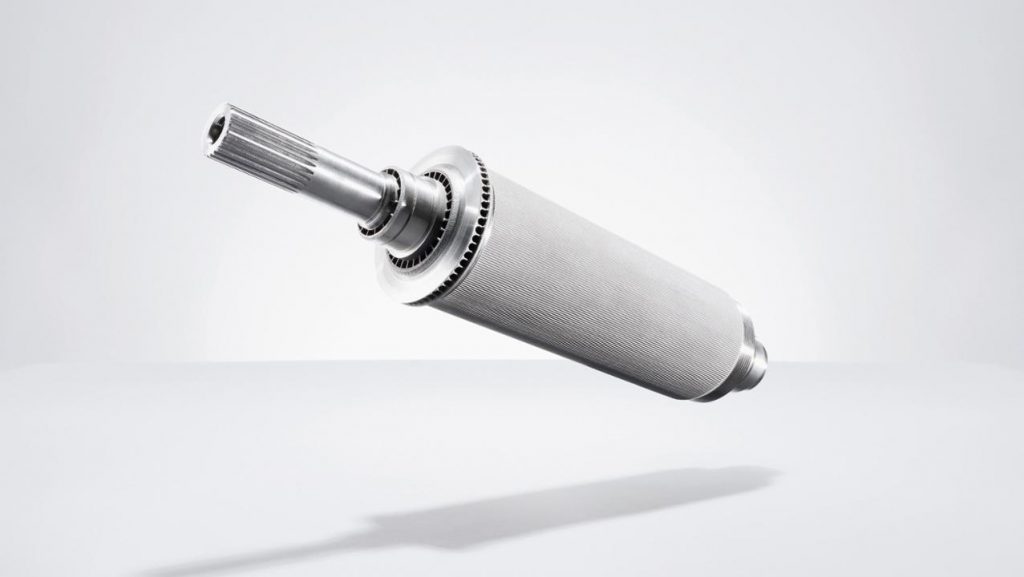German performance sportscar manufacturer Porsche has been investigating the potential of additive manufacturing in automotive for some time. In its close relationship with the Volkswagen Group, Porsche has introduced metal 3D printing for component cooling. And, in 2018, the company greenlighted a classic car spare part replacement project using SLM/SLS for metal and plastic parts.
Though Porsche’s specific additive manufacturing partners are typically undisclosed new comments from Christian Thönes, Chairman of the Board at DMG MORI, serve to shed light on the role 3D printing is playing in its partnership with the company.
DMG MORI hybrid manufacturing
Before his executive board tenure, Thönes was responsible for building DMG MORI’s advanced technologies business, encompassing ULTRASONIC and LASERTEC machines. Where ULTRASONIC is responsible for traditional milling of advanced materials, LASERTEC is DMG MORI’s hybrid machining range. In LASERTEC machines LMD or PBF additive manufacturing is combined with traditional milling in a single turnkey system.

Porsche and DMG MORI
DMG MORI’s history with Porsche dates back to at least 2014. From then up to 2017, DMG MORI was the exclusive partner of the Porsche FIA World Endurance Championship team, working on the 919 Hybrid sports-prototype racecar.
Now discontinued, allowing Porsche to focus on Formula E, the 919 car was a hybrid powered vehicle, relying on a direct-injected turbocharged V4 engine with a lithium-ion battery. DMG MORI’s traditional machining techniques were used to make parts of the 919 Hybrid. However, citing additive manufacturing as a leading solution, Thönes says, “[…] because of the associated reduction in fuel consumption and lower carbon dioxide emissions […] It’s increasingly important to automotive manufacturers that components are lighter.”
3D printing for electric engines
In Germany, Development Centre Weissach is home to some of Porsche’s experimentation in additive manufacturing. Using powder bed fusion based metal and polymer fabrication techniques, developers at the center have been investigating the technology’s potential application in rotor shafts for electric engines.

Frank Ickinger, Senior Engineer for Advanced Engineering and Engine Predevelopment at Porsche, comments, “It can still take up to 13 hours to print one rotor shaft like this [with PBF technolgies].”
As such, Thönes is keen to maintain the strong promise of a collaboration between additive and subtractive technologies in the future of manufacturing:
“While additive manufacturing offers many advantages, it is also clear that traditional production processes – such as turning and milling – will continue to have their place in future.”
Interestingly, he also suggests the potential of a system combining metal and polymers in one, describing “A laser beam that creates a few thousand degrees Celsius in a focused manner […] used to fuse stainless steel with plastic.”
Nominate your company’s Automotive Application of the Year in the 2019 3D Printing Industry Awards. For all the latest automotive news subscribe to our newsletter, follow us on Twitter and like us on Facebook.
Looking for a fresh start in the new year? Visit 3D Printing Jobs to commence your new career.
Featured image shows 3D printed plastic car prototype. Photo via Porsche



